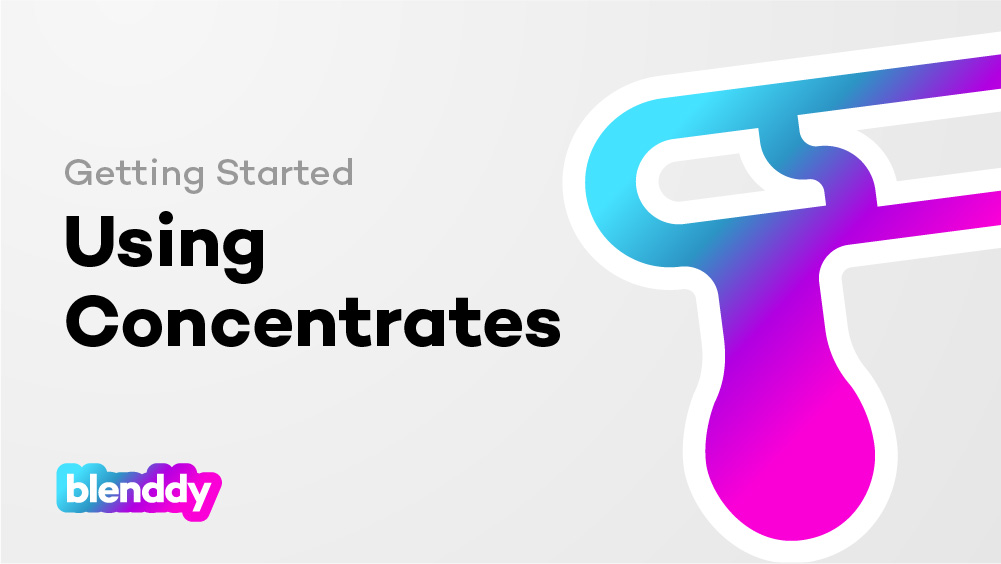The edibles market is booming, and for good reason. Edibles offer a discreet method with long-lasting effects, and perfect for those wanting to avoid smoking. If you’ve never eaten an edible before, or not sure what to do, read on to find out the types of edibles, what makes them different, and tips on getting consistent results.
Types of Edibles
Edibles are simply foods infused with cannabis butter, oil, hash or similar. A user’s experience can vary greatly depending on the manufacturing method used to make the infusion extract. Here are the four methods currently in use:
- Carbon Dioxide Hash (CO2 hash) – a method for a pure-THC extract, which as a result, offers consistent THC measurements and effects in the final edible; this process results in only trace amounts of terpenoids and flavinoids
- Butane Hash – another pure-THC extraction process, butane hash shares virtually all characteristics of CO2 hash. Its difference lies in the use of butane to extract the cannabinoids from the plant. Removal of the butane occurs before its final application
- Cooking Butter/Oil – a whole plant extract that retains most of the originating biochemical compounds (cannabinoids, terpenoids, and flavinoids) from the cannabis plant. Butter and Oil will offer the closest representation of the entourage effect in cannabis. While stronger than the above, the concentration of compounds can be inconsistent within the butter, and also inconsistently dispersed in the final edible, leading to inconsistent results.
- Raw Cannabis Oil – Similar to Raw Cannabis Oil, the production process is time consuming, which leads to a greater cost for products at retail. However, both produces smoother highs when compared to hash oil.
Products come prepared in goods that appeal to both the traditional and modern consumer:
- Pre-Made Goods – Brownies or Cookies, Gummies, Drops, Tabs
- Drinks – Coffees, Teas, Beers
- Additives – Some of the more inventive include powders, mixing sticks, and honey to name a few…
What’s Different with Edibles
Everyone’s experience with cannabis will be different, but especially so for edibles. Edibles also act slowly because of the time required to work through the liver. To keep it simple, eating THC products convert within the liver from “delta-9-THC” into a more potent psychoactive form “11-Hydroxy-THC” before dispersing into your bloodstream. This transformation is the root cause for the delayed onset time and more extreme high of edibles.
Not only that, anything you’ve eaten affects your high. Additional food requires processing by the liver, while certain types of foods are harder for the liver to digest. Both instances slow delta-9-THC to 11-Hydroxy-THC’s conversion process.
In practice, effects appear gradually, which can range from 15 min. to well over an hour. This slow onset means users may be unsure they’ve consumed enough. Care should be taken on additional dosages in case the effects are still rising to avoid overconsumption. Along with edibles’ stronger and longer body high, this can set up a bad session. Keeping records and staying consistent helps predict your high and avoid undesireable effects.
How much edibles to eat?
Manufacturers use cannabis extracts to make edibles. As such, it’s visually impossible to guage how much cannabis product is being consumed, so a low and slow approach should be taken with every new edible.
Since edibles enhance mental and physical effects, they generally come portioned. Depending on state legislation, edibles start around 5-10 mg per dose. But as mentioned above, there are other factors which make one product feel stronger than others.
To select an edible, you’ll need to know how THC functions. Treat THC as the amplifier of a product’s compounds. In effect, the more THC in a product, the more its existing cannabinoids (i.e. CBD, THC-V, CBG or CBN) and terpenoids (i.e. limonene, myrcene, pinene, etc.) are magnified.
Advantages of Edibles
- Timed release
- Almost fully odorless
- Longer high
- Useful for initiating sleep and during sleep because of the timed release
- Maintain freshness and potency over time
Disadvantages of Edibles
- Food intake affects the process
- Slow onset of effects makes it difficult to determine the final outcome
- Butters/oils may not distribute evenly from bite-to-bite
- May not offer full spectrum benefits
Conclusion
Edibles are a great way to consume cannabis, especially if you want effects to last a while. They offer long-lasting effects and can be perfect for certain occasions. However, it’s important to know the time it takes for an edible to become active varies significantly from person to person.
With careful planning and execution, edibles can provide relief, relaxation, and euphoria in ways other forms of cannabis cannot. So make sure to track your dosage and effects, so you can have a better understanding of what works best for you. Have you tried cannabis edibles before? What was your experience like? Let us know in the comments below!
